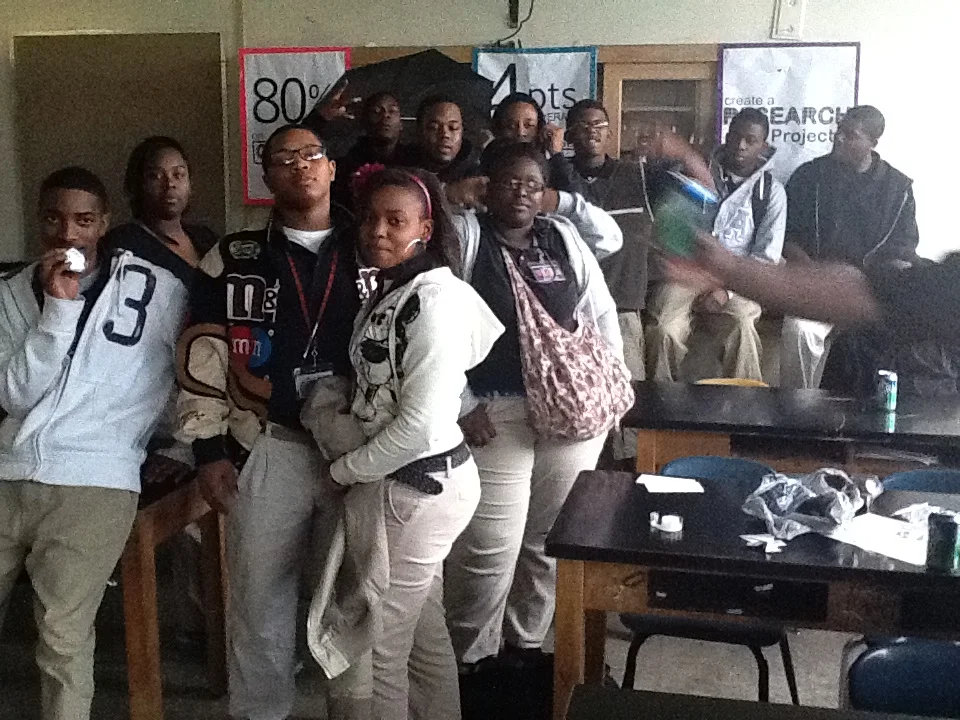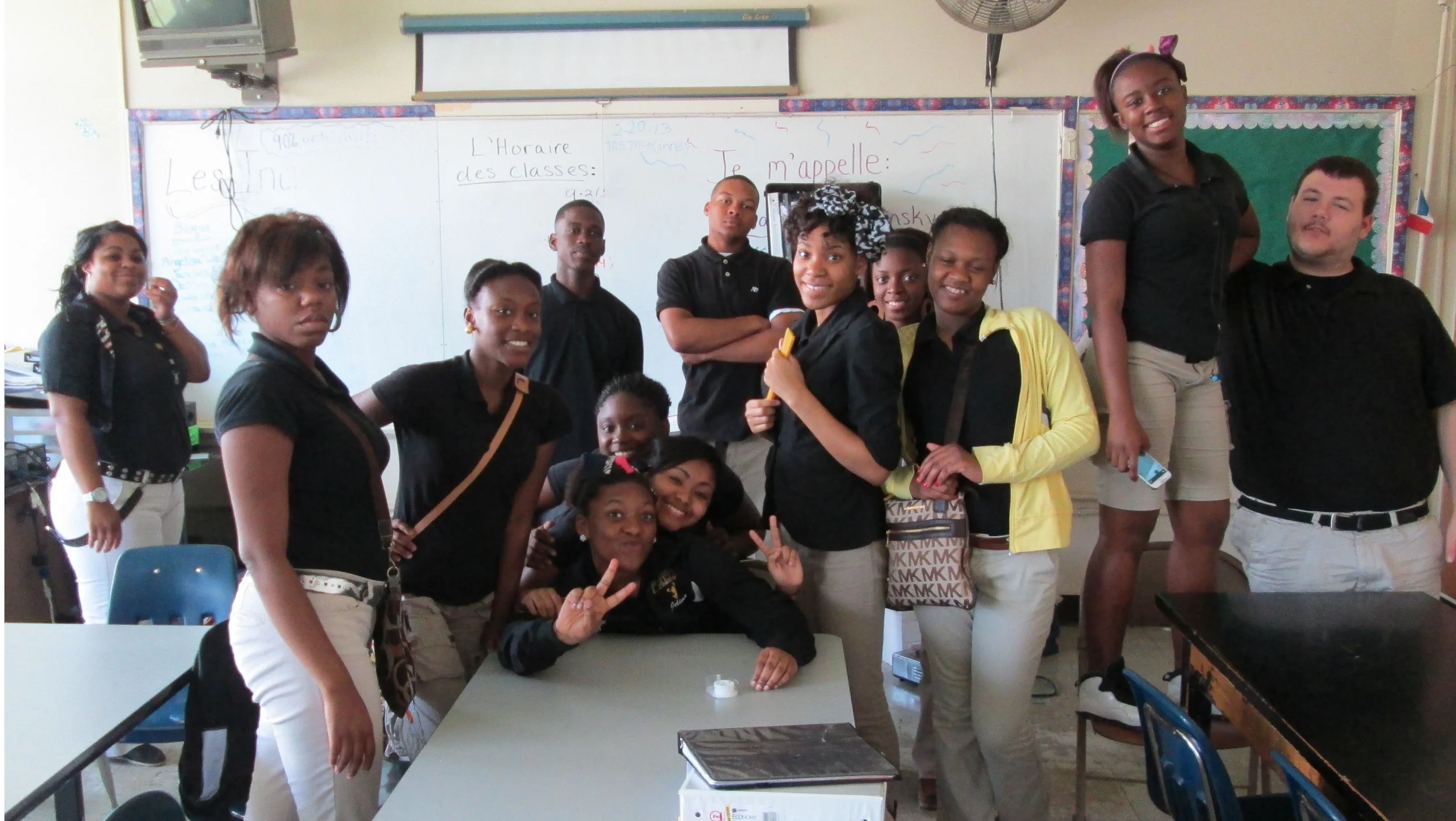I was handed nothing but a textbook to teach a chemistry class. So I designed a curriculum ...
After finding all the best resources from Teach for America (TFA) alumni and scouring the web, my list of problems developed.
- Not enough practice problems
- Poor formatting
- Problems aren't scaffolded
- No application
- Disorganized files
- No congruency between notes, problems, and PowerPoints
- Too complex of vocabulary
Teachers are criticized for reinventing the wheel. To me, the wheel parts were there, they just needed to be put together.
I created a Chemistry curriculum for the no-textbook-needed teacher. It is comprised of 325+ resources. Each lesson took 8+ hours to develop and has been tested and refined in the classroom.
notable impacts
- Created a webpage so all teachers have free access the chemistry curriculum
http://southernchemistry.blogspot.com/
The blog has 11,600+ page views all time.
- I've mentored two other teachers using my resources. One has gone on to mentor other teachers.
- Several lessons and tests have been used as the exemplary models for Teach for America chemistry resources
designed a specific, optimized Format for each resource
My students are exposed to a familiar, intentional design for all their notes, practice sheets, quizzes, and PowerPoints.
Unique characteristics of my design:
- The vocabulary follows the ELI5 (explain like I'm five) principle
- Developed through trial and error by teaching through the entire chemistry curriculum six times
- The tests are formatted similarly to the ACT
In the image to the right, I've highlighted some formatting rules I follow when designing notes for a lesson.
Curriculum is data driven
I use a tracker to evaluate the success of each lesson and how well individual students learn the material.
In 2013, in a school of 1,500 students, I was one of three teachers recognized for my outstanding teaching because of 1. the relationship I built with my students and 2. the proof of success that the students were achieving.
Designed Original Diagrams to Teach Scientific Principles
None of these pictures are to be understood on their own. Students interact with them to learn content.
For example, to teach vapor pressure and boiling point, we use a molecular diagram. Students can cross out external molecules to see how vapor pressure changes with different atmospheres (i.e., high altitude, low altitude, space, etc.).
Various pictures I created to teach complex ideas.
The curriculum is organized, adaptable, and complete
Organized: The curriculum is almost biblical in the sense that it is broken down by unit, day, and fact.
Unit 2, Day 2, Fact 1 is "the atomic number is always the number of protons."
Adaptable: It is easy to rearrange, add, or subtract both facts and days because of how everything is broken down.
Complete: All 75+, 1hr lessons, have notes, practice problems, PowerPoint, and a relevant quiz. Every unit has a test, a practice test, and a unit vision.
The diagram shows the adaptability of the curriculum. Content covering nuclear chemistry is broken down into five days. There are specific problems in the unit test and in the midterm that correspond to those particular days. So, if you don't want to teach a particular fact or skill, you can easily find what day that fact is in and which questions on the exams that students would not be able to answer.



